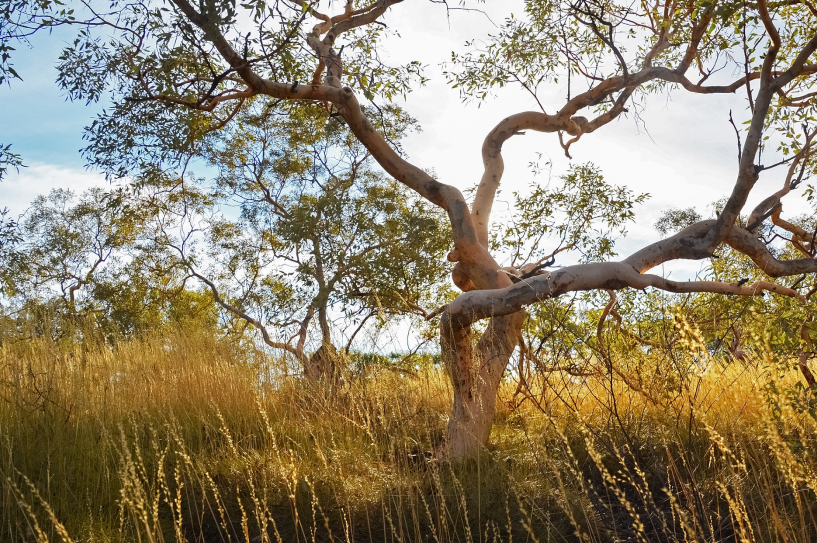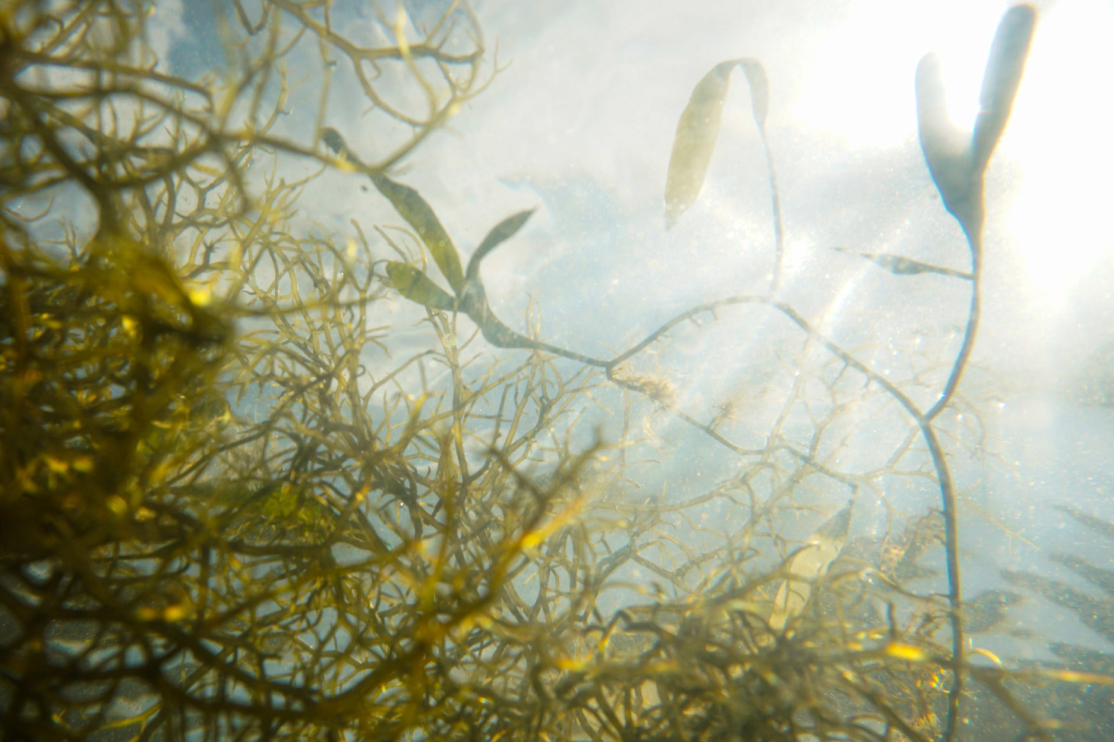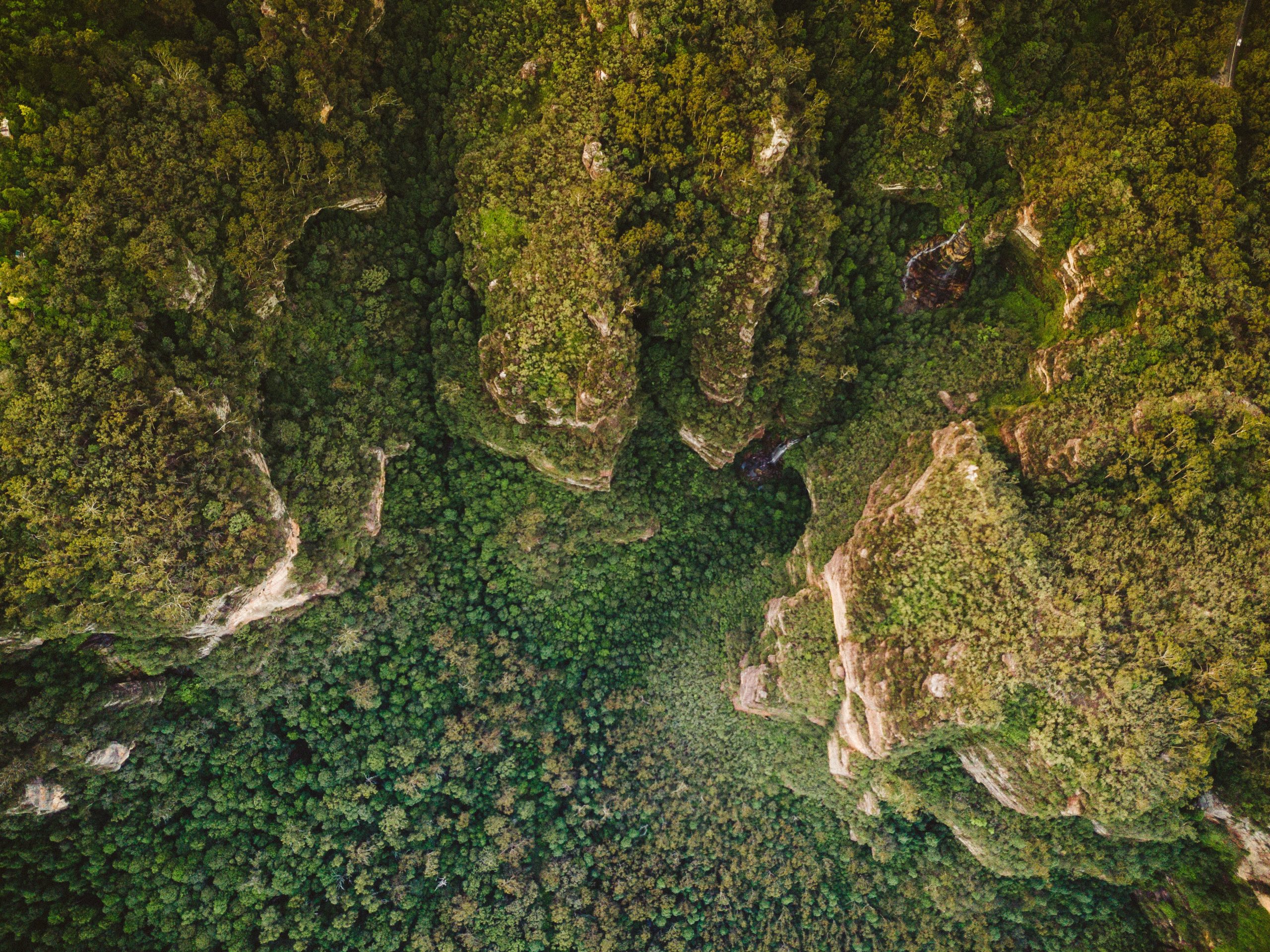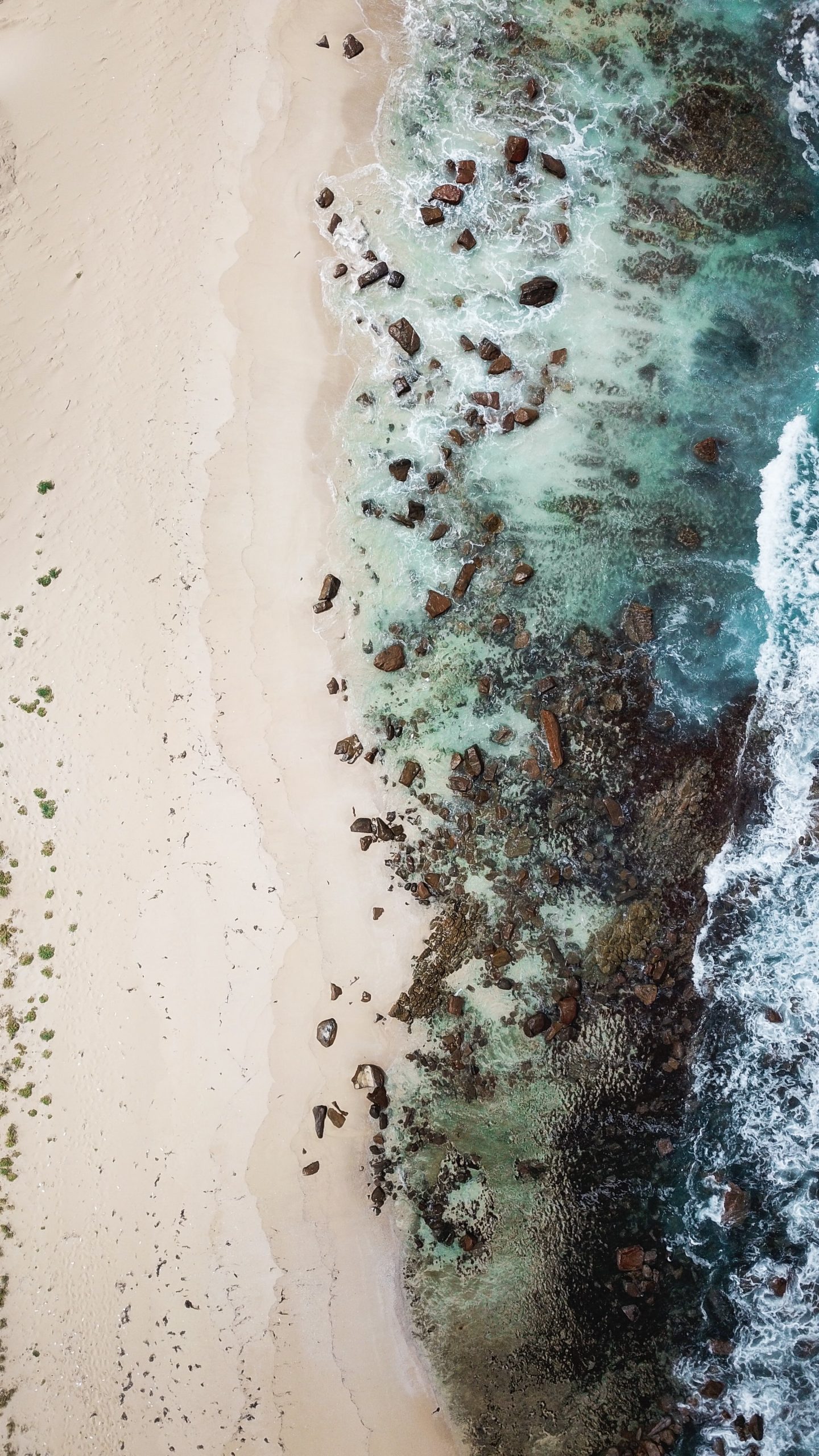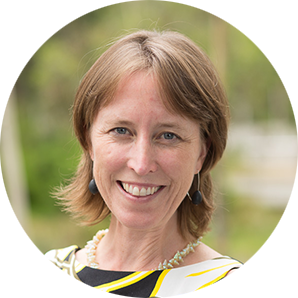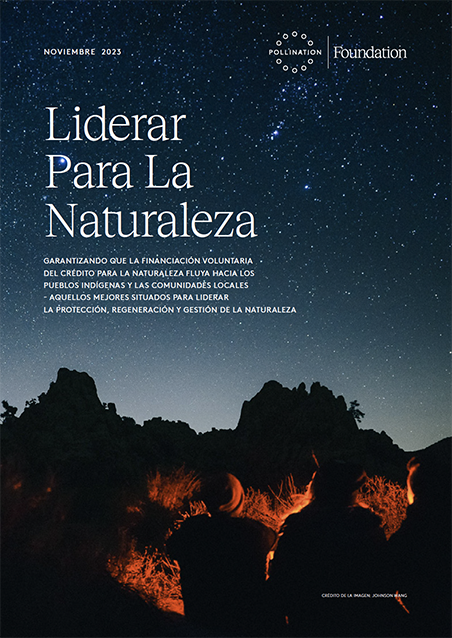The Nature Financing Gap
Indigenous Peoples and Local Communities’ territories cover around 25% of the Earth’s land and waters and contain 80% of the world’s remaining biodiversity. Their knowledge, technologies and systems are critical to reaching global nature positive goals and a climate resilient future.
But, there’s a huge financing gap. The Paulson Institute, TNC and Cornell report ‘Financing Nature: Closing the Global Biodiversity Financing Gap’ found that achieving ambitious global nature targets would require about US$711 billion mobilised by 2030. A number of ambitious pledges we’re made at UNFCCC COP26 in Glasgow designed to finance and scale IP&LC nature-based solutions, but a recent progress report identified that only a 2.7%3 of the pledge finance flows direct to IP&LCs.
The United Nations Convention on Biological Diversity’s Global Biodiversity Framework (GBF) was agreed at COP 15 with 188 nations across the world signing up. With a mission to stop and reverse biodiversity loss by 2030, the GBF sets out targets to mobilise public and private sector capital to address the challenges, including the equitable representation & participation of IP&LCs. Target 19 called out biodiversity credits as one tool to mobilise capital for nature.
As a result, biodiversity or “nature” credit markets are accelerating at pace. As was experienced with voluntary carbon markets, if IP&LCs aren’t front and centre of nature credit market design, this nascent market mechanism could deliver the next wave of colonisation. The risk of private companies purchasing IP&LCs unregistered lands or registering projects on lands without free, prior and informed consent is real. And, if IP&LCs aren’t engaged in market design from the outset it’s likely that the market systems will restrict or require multiple intermediaries for IP&LCs to participate. Empowering IP&LCs isn’t just a matter of justice, it’s a strategic imperative.
